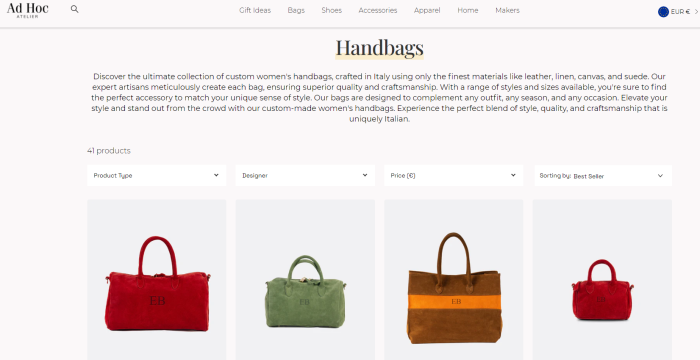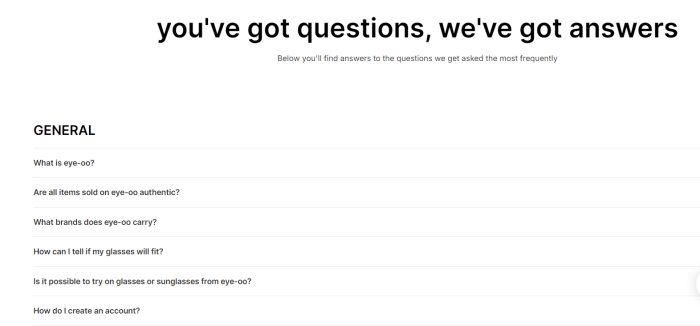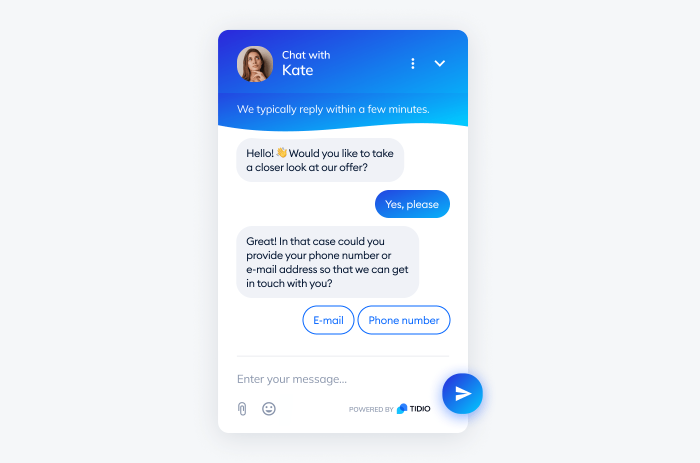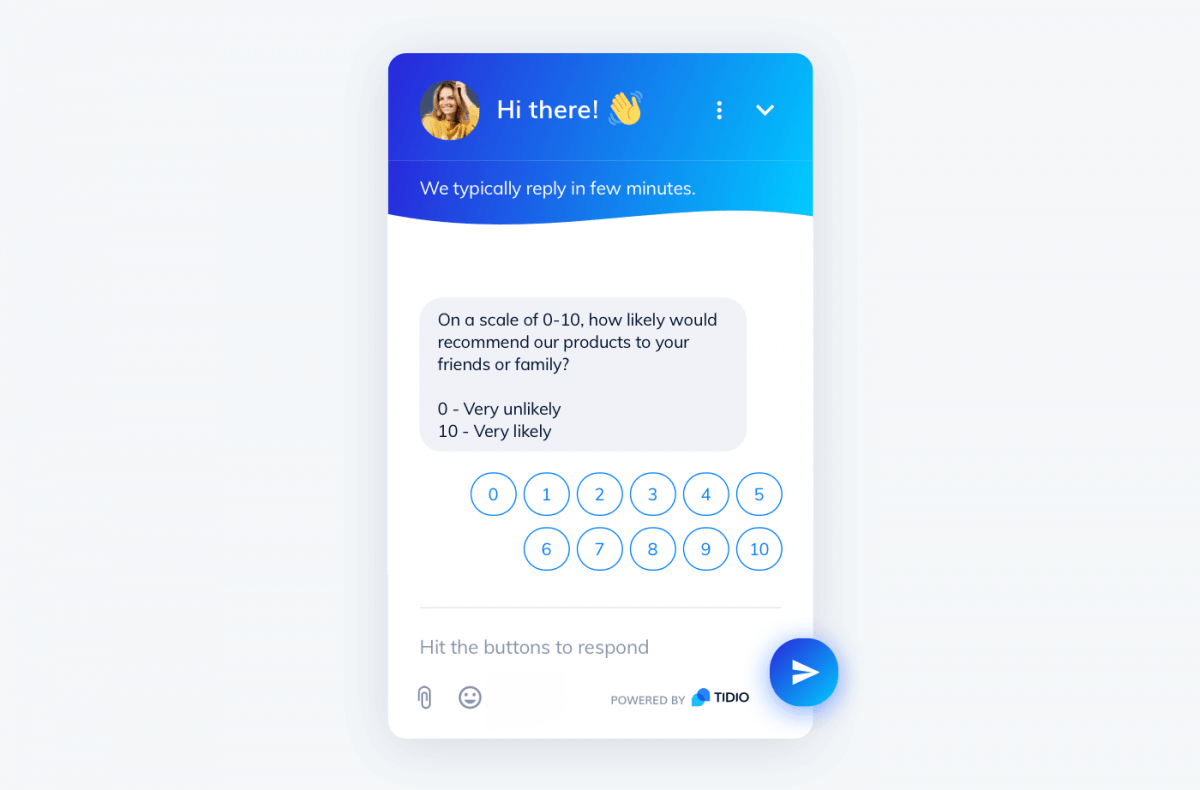According to Marketing Sherpa, over 75% of marketing leads don’t convert due to a lack of lead nurturing. Since most visitors won’t buy on their first visit, optimizing your sales process is essential for turning prospects into customers.
An ecommerce sales funnel helps manage this process by guiding potential buyers through each stage of their journey, from initial interest to final purchase.
So, when scaling your ecommerce platform, building a high-performing sales funnel is necessary for business growth.
But—
How can you optimize it to generate more sales?
Let’s cut straight to the chase and learn about the different stages of an ecommerce sales funnel.
The stages of an ecommerce sales funnel
The success of your ecommerce sales funnel lies in addressing your audience’s needs at every stage of the customer journey map. For this to happen, you must first identify where your customers are at in the funnel.
You can figure this out by coming up with answers to questions like: At what stage of the buyer’s journey is the prospect in? What pain points do they have at this stage? And how can these issues be addressed through your FAQs, product pages, and service teams?
With that said, let’s explore the key stages of the ecommerce sales funnel you should consider:

- Awareness stage—the top of the funnel is about making people aware of your brand, visiting your website, and getting interested in your products. This is also known as the interest stage. Some of the metrics you can consider include ad impressions, traffic sources, and total sessions.
- Consideration stage—the middle phase of the funnel is where prospective customers actively engage with your brand and evaluate whether to make a purchase. Key metrics to monitor at this stage include time spent on page, overall time on site, bounce rate, average session duration, and pages per session.
- Conversion stage—this involves bottom-of-the-funnel questions you need to answer before a prospect can make a purchase. The queries can cover areas like product details, return policy, and shipping rates. At this stage, you should review metrics like customer acquisition costs, conversion rate, and average order value.
Read more: Check out the Bella Sante case study and discover how they grew sales by implementing Lyro, conversational AI.
Now, let’s explore how to set up your own ecommerce sales funnel.
How to optimize an ecommerce sales funnel
Whether you run a single online store or manage multiple ecommerce platforms, your customers will go through three key stages of the sales funnel. While some may complete the process in just a few hours, others could take months.
The key is understanding how potential customers progress through your conversion funnel and optimizing each stage to boost real-time sales.
With that in mind, let’s look at how you can create a unique sales funnel for your ecommerce business.
1. Optimize your website and product pages
Before setting up an after-purchase sales funnel, it’s essential to first create a website and product pages that resonate with your audience. To enhance the customer experience, focus on adding elements such as testimonials, product reviews, user-generated content, high-resolution images, product videos, and clear call-to-action (CTA) buttons.

Interestingly, over 30% of landing pages already feature testimonials and product videos, emphasizing the importance of these elements in building trust and driving conversions.
You must make it easy for visitors to navigate to your product pages, regardless of how they access your website. Also, the shopping cart should be displayed prominently for users to easily access when browsing your product pages.
Read more: Learn how to use WordPress to build your ecommerce website.
2. Attract visitors with engaging content
To drive traffic and engage customers, create content that answers common product questions and solves problems. This builds trust and encourages visitors to become paying customers. Examples of engaging content include detailed product guides, how-to videos, FAQs, and blog posts showcasing customer success stories.

Here are some key content strategies to attract visitors and convert them into customers:
- Optimize for SEO—improve your website’s search engine ranking by strategically using relevant keywords, making it easier for potential customers to find you. In fact, a report shows that over 65% of online experiences begin with a search engine.
- Tailor content to your audience—understanding your audience’s demographics—such as age, location, and interests—allows you to create personalized content that resonates with different groups. This personalization boosts customer engagement and increases conversion rates.
- Personalize customer experiences—in today’s competitive market, personalized content is essential for building strong relationships and guiding customers through your sales funnel. Use customer data (e.g., browsing behavior, past purchases, and demographics) to segment your audience and deliver tailored content, like product recommendations or targeted promotions.
- Leverage dynamic content—incorporate dynamic website elements, such as personalized homepage banners or product suggestions based on browsing history. AI-powered tools can automate these processes, ensuring real-time personalization across touchpoints, from emails to landing pages.
Read more: Compare the reviews about the best customer engagement software for your business.
3. Capture leads with lead magnets
A lead magnet serves as an incentive for potential customers to provide their contact information, such as an email address, when visiting your website. It’s an effective way to build a list of high-quality leads who are interested in your products. For example, a visitor might sign up to receive a discount on their first purchase or gain exclusive access to previews of new product releases.
In addition, you can deploy lead generation chatbots to your site to act as conversational lead magnets. Moreover, you can promote gated content to connect with your prospects and qualify them as leads down the sales conversion funnel.

Businesses can significantly boost lead capture by using targeted strategies like lead magnet pop-ups, discount coupons, free memberships, consultations, and video pop-ups. In fact, a report shows that 80% of customers are more likely to make a purchase from companies that offer personalized experiences. This only highlights the importance of tailoring these lead capture efforts to individual customer preferences.
Read more: Learn about the similarities and differences between chatbots vs. conversational AI, and how they can be used by businesses.
4. Convert leads into paying customers
Convincing customers to make a purchase can be challenging. Often, hesitation or doubts can stop them from completing the sale. Your goal is to minimize these obstacles and make the buying process as smooth as possible.
One way to do this is by providing clear, compelling product descriptions with relevant images and technical details. For example, a clothing brand can show multiple images of a jacket from different angles, list the fabric composition, and include size guides to help shoppers make an informed decision.
Customer ratings and reviews are another powerful tool. They build trust by giving buyers a sense of what to expect. For instance, a 5-star rating on a handbag with positive feedback about its quality can reassure hesitant customers.

Lastly, make sure key details like shipping costs and return policies are easy to find. For example, if a customer knows upfront that they can return a product hassle-free within 30 days, they’re more likely to complete the purchase.
5. Upsell and cross-sell
To increase your average order value, it’s important to integrate upsells and cross-sells into your ecommerce sales funnel. Upselling presents a great opportunity to encourage customers to purchase additional products or services after they’ve made a purchase. Effective upsell strategies include product bundling, “buy more, save more” offers, and free shipping on orders over a certain amount.
Cross-selling can be enhanced by using sales chatbots on your website. These chatbots can be programmed to present attractive offers after a customer completes a purchase but is still waiting for confirmation. Additionally, email marketing strategies, such as automated follow-up emails, are useful for sending upsell offers to customers after their transaction has been completed.

Read more: Check out our list of chatbots for business and learn how you can use them for your needs.
Maximize your upselling and cross-selling opportunities with chatbots
6. Nurture long-term relationships
Moving a prospect to the bottom of your ecommerce funnel is not a simple task. Now that the customer has already made a purchase, the focus will now shift to making him a repeat customer. According to Alex Schultz, VP of Growth at Facebook, if 30% of your consumers are repeat customers every month, then your business is performing well.

To encourage repeat purchases, consider offering additional incentives such as loyalty points, discounts, and free shipping. You can also implement a referral program to reward customers for bringing in new buyers, further increasing customer retention and loyalty.
Read more: Find out the best examples of customer loyalty programs and discover which metrics can be used to measure loyalty across your audience.
7. Analyze and optimize

Tracking your ecommerce sales funnel is crucial for spotting areas that need improvement along the customer journey. By using analytics tools such as Google Analytics and HotJar, you can easily identify weak points and optimize key elements like your website, product pages, marketing campaigns, follow-up emails, and checkout process for better performance.
For example, if you notice a high bounce rate (the percentage of visitors leaving your site without taking action), it could mean your landing page isn’t engaging enough. Or if your shopping cart abandonment rate (the percentage of shoppers who add items to their cart but don’t complete the purchase) is high, you might need to simplify the checkout process or offer free shipping.
One key stat to consider: research shows that businesses with a well-optimized sales funnel can increase their deal win rate by 16%. This means by continuously refining each stage of your funnel, from attracting visitors to closing sales, you can drive significant growth.
Overall, keeping an eye on metrics like website traffic, bounce rate, and conversion rate can help you fine-tune your strategies and improve your overall sales. Reporting tools like Funnel.io or Whatagraph enable you to quickly set up metric dashboard and monitor all of your data in one place.
You can also utilize heatmaps to analyze user behavior. Heatmaps are great as they provide a visual overview of where visitors move, click, and scroll on your site. This data reveals how users interact with your content, allowing you to make adjustments that increase conversion rates. Focus on high-traffic pages like your homepage, landing pages, and those with high bounce rates to gain the most valuable insights.
Read more: Find out the best shopping cart abandonment software to help your ecommerce brand engage, convert, and retain customers.
8. Optimize your funnel for mobile search

According to Statista, mobile retail orders constitute over 60% of the total retail ecommerce sales in the world. Mobile is now the default medium for modern ecommerce customers, and thus your sales funnel should be tailored for smartphone users.
To reach a mobile audience, you must ensure your website is flexible with quick loading times, and that the checkout process is simple for customers using mobile browsers. This way, you can capture conversions from this growing segment of consumers.
9. Employ exit-intent pop-ups
Website visitors are often overwhelmed by options, and losing them before they complete a purchase can be costly. An exit-intent pop-up is a tool designed to appear just as a user is about to leave the site, using tracking technology to detect cues like moving the cursor toward the “X” or “Back” button.
At this critical moment, the pop-up presents a tailored offer, such as a special discount, promotional coupon, or exclusive content—designed to turn a passive visitor into an active customer. These pop-ups are typically delivered through ecommerce live chat tools or AI-powered chatbots to engage the user before they exit.

10. Conduct regular funnel auditing and user testing

Regularly testing your ecommerce conversion funnel is crucial for improving results. By conducting periodic audits of your website and landing pages, you can identify which pages are successful at converting visitors and which areas are most engaging for bringing back repeat customers.
A common method for testing your sales funnel is through A/B testing, where you create two versions of a landing page and split traffic between them to determine which performs better. Other effective testing strategies include multivariate testing, split URL testing, and navigation testing, all of which help fine-tune your funnel for optimal performance.
11. Build trust and provide social proof

Developing trust is essential in the sales funnel optimization process, and nothing speaks louder than an endorsement from other consumers. Social proof instills confidence in new customers and validates their decision to purchase from you.
This is an important reason why customer feedback is necessary for your business. You can provide social proof by highlighting customer reviews, showing customer satisfaction ratings, and sharing user-generated content. Doing this helps in reducing your website visitor drop-off rate.
12. Incorporate retargeting in your marketing campaigns

Retargeting offers you a huge opportunity to engage with your target audience and bring them back to your conversion marketing funnel. It allows you to reach out to potential customers who have shown interest in your products but haven’t finished the purchase stage of the buyer’s journey. You can convince them to revisit your ecommerce site and complete their shopping experience.
By implementing retargeting campaigns at specific touchpoints of the shopping journey, you can bring back lost leads and create loyal customers.
Ecommerce sales funnel: key takeaway
To create an effective sales funnel, it’s essential to understand how each stage of the buyer’s journey works. A well-optimized funnel can help attract new leads, retain customers, and boost brand awareness in today’s competitive digital market.
Here’s a quick recap for optimizing your ecommerce funnel:
- Optimize your website and product pages
- Attract your visitors with engaging content
- Capture leads with lead magnets
- Convert your leads into paying customers
- Use upselling and cross-selling techniques
- Nurture long-term customer relationships
- Analyze and optimize
- Optimize for mobile search
- Implement exit-intent pop-ups
- Regularly audit and test your funnel
- Build trust with social proof
- Use retargeting in your marketing efforts
Now that you know how to build and optimize your sales funnel, you can start crafting better customer journeys that drive conversions. Tidio’s AI-powered software is a great tool for this. Its live chat helps capture leads 24/7, while chatbots reduce cart abandonment and increase retention with exit-intent pop-ups.
Sign up for free and explore its features!

